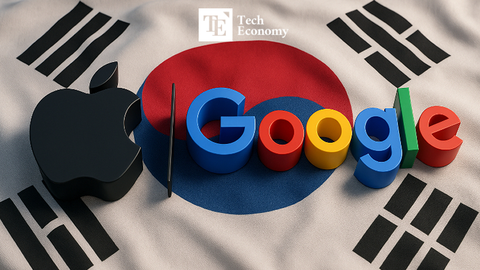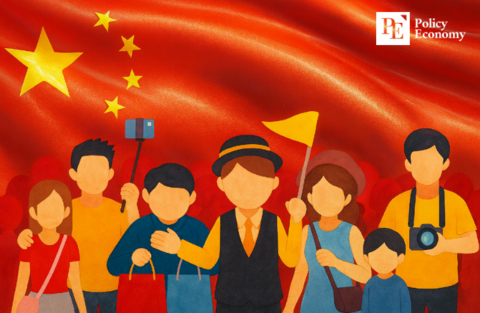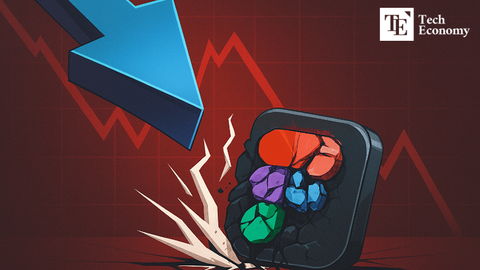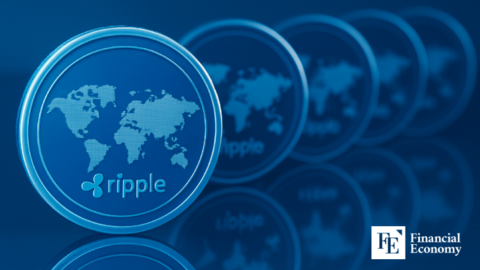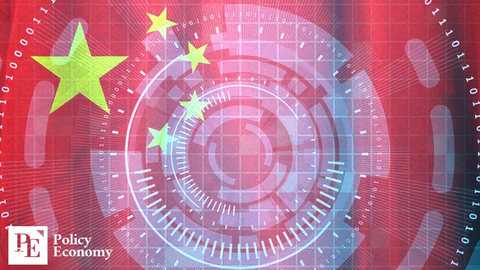Inside the Machine: OpenAI’s Bold Push to Internalize AI Commerce and Community
Input
Changed
OpenAI is turning ChatGPT into a full-service commercial and civic platform. By internalizing e-commerce and funding nonprofits, it’s building its own AI ecosystem. Profit, power, and public trust now converge at a single, expanding hub: OpenAI.
SAN FRANCISCO. OpenAI, the trailblazing force behind ChatGPT, is entering a defining chapter in its evolution, not only as an AI research lab but as a full-fledged commercial and civic ecosystem. In recent days, the company has made two distinct yet deeply connected announcements: the rollout of a new AI agent model capable of controlling web browsers and software tools, and the launch of a USD 50 million fund aimed at building AI capacity among nonprofits and communities. On the surface, one speaks to profit, the other to purpose. But together, they signal a singular ambition: to consolidate OpenAI’s reach across both economic and societal dimensions.
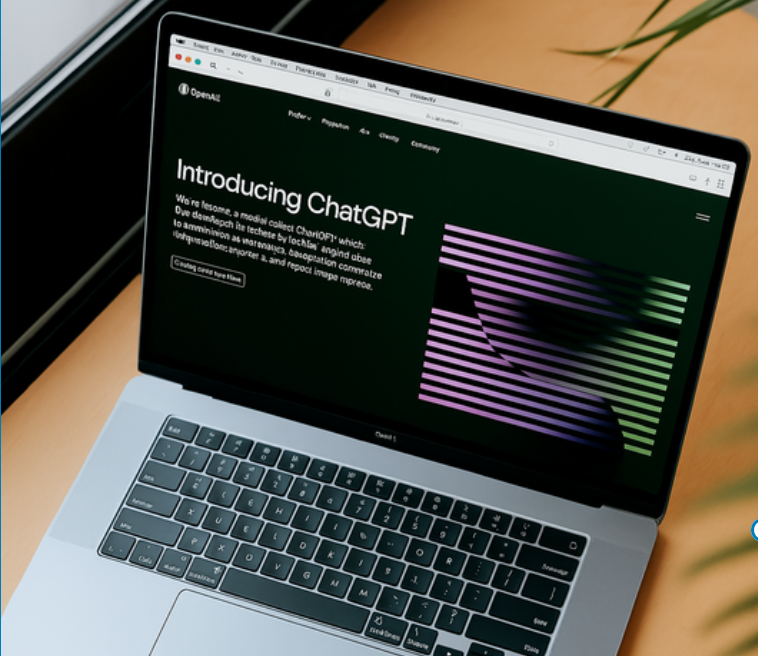
Commerce Without the Middleman
The first move, perhaps the more disruptive from a business perspective, is OpenAI’s shift to internalizing e-commerce transactions via its new agent-powered interface. This advanced assistant, now embedded in ChatGPT for Pro and Teams users, can do more than generate text or analyze spreadsheets. It can shop. It can be booked. It can act. With that capability, OpenAI has begun cutting ties with traditional third-party shopping affiliates, opting instead to take a direct cut from sales executed within its platform.
This strategic pivot fundamentally alters the value proposition of ChatGPT. What was once a tool for conversation or research is now an economic conduit, one where the interface doesn’t just recommend a product, but completes the purchase in-browser, through a semi-autonomous agent acting on the user’s behalf. OpenAI, in turn, secures a portion of each transaction.
"It's the Apple model, but for generative AI," said one analyst familiar with OpenAI’s financial roadmap. "They’re bringing commerce into their walled garden, not unlike how Apple internalized music sales through iTunes or apps through the App Store."
This internalization reflects a larger trend in tech: minimizing reliance on external ecosystems and maximizing profit capture by keeping the value chain in-house. The implications are substantial. Retailers may need to recalibrate their advertising strategies, while competitors in the AI space must now rethink how they monetize similar capabilities. Regulators could also begin asking more complex questions about monopolistic behavior in digital commerce.
Infrastructure and Influence: A Dual Strategy
The agent model also deepens OpenAI’s role not just as a creator of tools, but as a creator of infrastructure. With the assistant’s ability to browse the web, manipulate files, and execute transactions, OpenAI has leaped into what some insiders call "total platformization." Users won’t just visit ChatGPT for a response; they’ll live inside it for their workflows, errands, and information needs.
It’s no longer far-fetched to imagine a near-future scenario where ChatGPT manages your calendar, books travel, files documents, and negotiates contracts. With every such function pulled inward, OpenAI owns a greater share of the customer journey and a larger share of the economic upside.
In effect, OpenAI is building an operating system for life.
Parallel to its commercial expansion, OpenAI is now taking steps to strengthen its social foundations. The launch of a USD 50 million fund to support nonprofit and community-based organizations, particularly in education, healthcare, economic opportunity, and ethical research, is both a goodwill gesture and a strategic investment.
The company frames it as part of its broader mission to ensure AI benefits all of humanity. But make no mistake: this fund is also laying the groundwork for an OpenAI-centric civic ecosystem. As more nonprofits adopt and adapt OpenAI’s tools, they become part of its extended network, comprising users, contributors, validators, and advocates.
The fund comes on the heels of an extensive engagement process led by OpenAI’s Nonprofit Commission, which consulted over 500 organizations representing more than 7 million people. These consultations, company executives say, informed the shape of the fund and its priority areas.
"We don’t just want to build technology," one OpenAI official noted during the fund’s launch. "We want to build trust, and that means listening to the communities who will live with these systems."
But trust isn’t the only currency being exchanged. Influence is. As OpenAI becomes embedded in educational curricula, public service platforms, and localized research efforts, it positions itself as an indispensable partner, not just to tech users but to society at large.
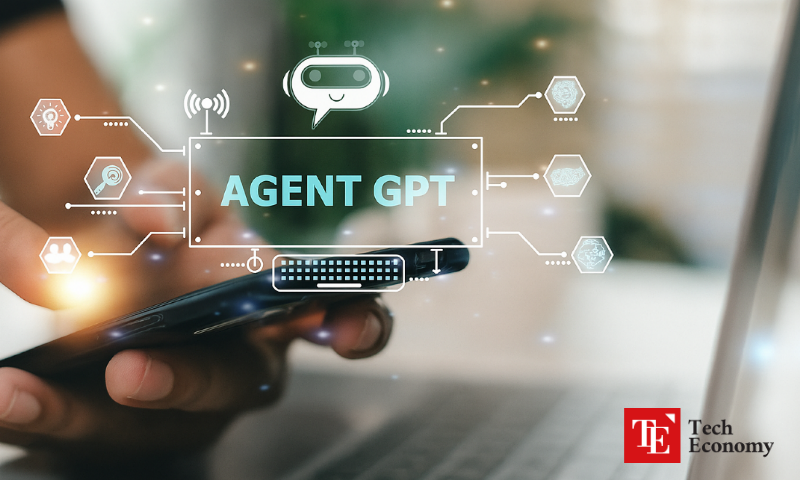
One Ecosystem to Rule Them All?
Viewed together, the agent model and the nonprofit fund paint a coherent picture: OpenAI is internalizing its ecosystem, both economically and socially. The assistant becomes the front-end of commerce. The fund becomes the outreach arm to civil society. And in both cases, the goal is clear: deepen integration, reduce external dependency, and concentrate value.
It’s a playbook that mirrors other platform giants. Google did it with search and ads. Amazon did it with logistics and cloud. Meta did it with social infrastructure. But what sets OpenAI apart is the speed and breadth of the integration. In less than two years, ChatGPT has evolved from novelty to necessity and is now a platform.
Critics worry this consolidation may lead to reduced competition, opaque monetization practices, and an AI landscape shaped more by private incentives than public interest. Supporters argue that centralization can lead to improved safety controls, a more cohesive user experience, and the ability to scale responsibly.
Both views may prove true.
As OpenAI continues to push technological, economic, and civic boundaries, it faces a fundamental challenge: balancing its nonprofit origins with its commercial future. The creation of a dual structure (with both a capped-profit and nonprofit arm) was always an ambitious bet. Now, as the assistant takes center stage in monetization and the fund builds its grassroots base, the tension between mission and margin becomes more pronounced.
Will OpenAI succeed in being both a profit engine and a public steward? Can it scale without crowding out smaller innovators or creating dependencies that limit user choice? Will its new civic partnerships maintain autonomy, or simply reinforce the gravitational pull of the platform?
These are questions that will define the next era of AI governance, and OpenAI’s answer will shape not only its future but the trajectory of artificial intelligence worldwide.
One thing is sure: in 2025, OpenAI will no longer just be a maker of language models. It is becoming the infrastructure of modern life, and the stakes have never been higher.

